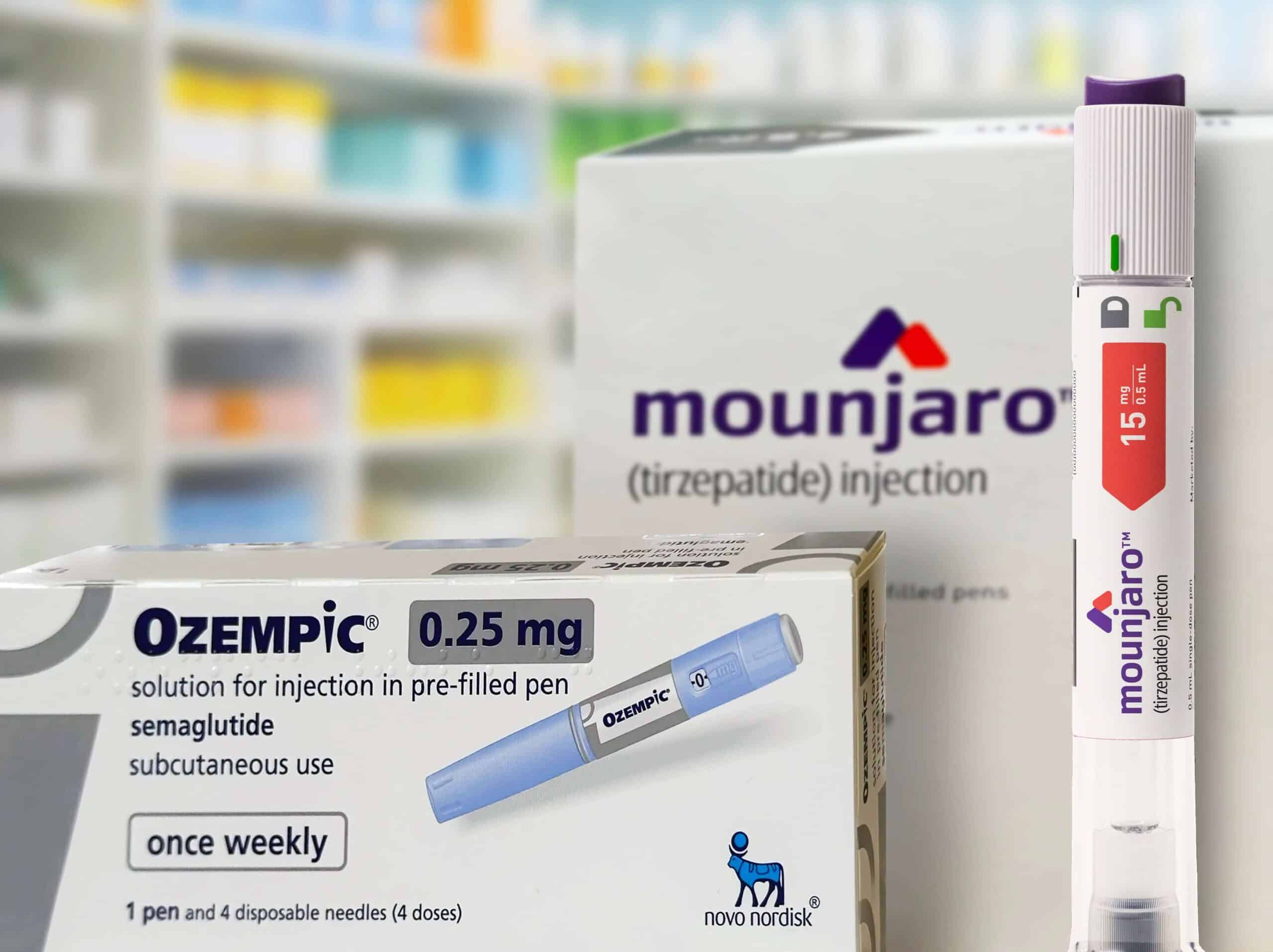Occupational Therapy For Attention Deficit Hyperactivity Disorder (ADHD)
Occupational therapy (OT) is a branch of healthcare that focuses on helping individuals develop, maintain, or recover the skills needed to perform daily activities, or “occupations,” such as self-care, work, leisure, and social participation. Occupational therapy (OT) can be an effective intervention for individuals with attention deficit hyperactivity disorder (ADHD). ADHD stands for Attention Deficit Hyperactivity Disorder. It is a neurodevelopmental disorder that affects both children and adults. ADHD is characterized by a persistent pattern of inattention, hyperactivity, and impulsivity that interferes with daily functioning and development.
Occupational therapy can help individuals with ADHD develop coping strategies, improve their attention and focus, and enhance their overall ability to perform daily activities. The goal of occupational therapy is to help people achieve a level of independence and improve their quality of life by enhancing their ability to perform daily activities. Occupational therapy may include physical exercises, adaptive equipment, assistive technology, environmental modifications, and skill-building activities to address a variety of physical, cognitive, and emotional challenges.

OCCUPATIONAL THERAPY: DEFINITION
Occupational therapists use a client-centered approach to identify and address the specific needs of each individual. They assess the person’s abilities, interests, and environment to develop a customized treatment plan that addresses the individual’s unique challenges and goals. The goal of occupational therapy is to help people achieve a level of independence and improve their quality of life by enhancing their ability to perform daily activities.
Occupational therapy may include a variety of interventions, including physical exercises, adaptive equipment, assistive technology, environmental modifications, and skill-building activities. OTs may also work with individuals to develop coping strategies for managing physical, cognitive, and emotional challenges, as well as to address social and environmental barriers to participation.
Occupational therapy is used in a variety of settings, including hospitals, rehabilitation centers, schools, and community health clinics. It is often prescribed to individuals who have experienced an injury or illness, such as a stroke, traumatic brain injury, or spinal cord injury, and need to regain lost skills or learn new ones. Occupational therapy is also used to support individuals with mental health conditions, developmental disabilities, and age-related conditions.
In conclusion, occupational therapy is a client-centered healthcare profession that helps individuals to improve their ability to perform daily activities, enhance their quality of life, and achieve their personal goals. By addressing physical, cognitive, emotional, and social challenges, OTs help people of all ages to lead more fulfilling and independent lives.
What Is Attention Deficit Hyperactivity Disorder (ADHD)?
ADHD stands for Attention Deficit Hyperactivity Disorder. It is a neurodevelopmental disorder that affects both children and adults. ADHD is characterized by a persistent pattern of inattention, hyperactivity, and impulsivity that interferes with daily functioning and development.
Some common symptoms of ADHD include:
- Inattention: Difficulty paying attention, easily distracted, forgetful, and difficulty organizing tasks or activities.
- Hyperactivity: Restlessness, fidgeting, difficulty sitting still, excessive talking, and always on the go.
- Impulsivity: Acting without thinking, interrupting others, having difficulty waiting for their turn, and making decisions without considering consequences.
ADHD is typically diagnosed in childhood, and symptoms often persist into adulthood. It is estimated that around 5-10% of children and 2-5% of adults have ADHD.
The exact causes of ADHD are not fully understood, but research suggests that it is a combination of genetic and environmental factors. There is no cure for ADHD, but it can be managed through a combination of medication, therapy, and lifestyle modifications.
Treatment for ADHD typically involves a multidisciplinary approach, including behavioral therapy, cognitive-behavioral therapy, occupational therapy, and medication. The treatment plan will depend on the individual’s symptoms, age, and preferences.
Overall, ADHD is a complex disorder that can have a significant impact on an individual’s daily life. With the right treatment and support, individuals with ADHD can manage their symptoms and lead a fulfilling life.
Occupational therapy (OT) for Attention Deficit Hyperactivity Disorder (ADHD).
Occupational therapy (OT) can be an effective intervention for individuals with attention deficit hyperactivity disorder (ADHD). OT can help individuals with ADHD to develop coping strategies, improve their attention and focus, and enhance their overall ability to perform daily activities. Sensory integration, executive functioning, motor coordination, and social skills are areas that can be addressed with OT.
Here are some ways that occupational therapy can benefit individuals with ADHD:
- Sensory Integration: Many individuals with ADHD have difficulty processing sensory information, which can lead to distractibility, impulsivity, and hyperactivity. OT can help individuals with ADHD to develop sensory integration skills, which can improve their ability to focus and engage in daily activities.
- Executive Functioning: Individuals with ADHD may struggle with executive functioning skills, such as planning, organizing, and prioritizing tasks. OT can help individuals with ADHD to develop these skills and create routines and strategies to manage their time and complete tasks more efficiently.
- Motor Coordination: Individuals with ADHD may struggle with motor coordination and may have difficulty participating in activities that require fine and gross motor skills. OT can help individuals with ADHD to develop these skills, which can improve their ability to perform daily activities.
- Social Skills: Individuals with ADHD may struggle with social skills, such as making and maintaining relationships and communicating effectively with others. OT can help individuals with ADHD to develop these skills and improve their ability to engage in social activities.
Overall, occupational therapy can be an effective intervention for individuals with ADHD, as it can address a range of challenges and provide personalized interventions to support the individual’s unique needs and goals. By working collaboratively with other healthcare professionals and caregivers, OTs can help individuals with ADHD to achieve their full potential and improve their overall quality of life.

WHAT IS OCCUPATIONAL THERAPY USED FOR?
Occupational therapy (OT) is used for a variety of purposes to help individuals develop, maintain, or recover the skills needed to perform daily activities, or “occupations.” Here are some common uses of occupational therapy:
- Physical Rehabilitation: Occupational therapy can be used to help individuals recover from physical injuries or illnesses. OTs work with individuals to improve their strength, endurance, coordination, and range of motion through exercise and activity-based interventions.
- Cognitive Rehabilitation: OTs also work with individuals who have experienced a brain injury or cognitive decline, such as dementia or Alzheimer’s disease, to improve their memory, attention, and problem-solving skills.
- Mental Health: OTs can help individuals with mental health conditions, such as anxiety, depression, and post-traumatic stress disorder, to develop coping strategies and improve their ability to participate in daily activities.
- Pediatrics: OTs work with children to improve their fine motor skills, such as handwriting and using utensils, and to support their development of social and play skills.
- Assistive Technology: OTs can help individuals with disabilities or limitations to access assistive technology and make adaptations to their environment to improve their ability to perform daily activities.
- Work-Related Injuries: OTs work with individuals who have been injured on the job to help them return to work and develop strategies to prevent future injuries.
Overall, occupational therapy is a comprehensive approach to improving an individual’s ability to perform daily activities, addressing physical, cognitive, and emotional challenges. By providing personalized interventions, OTs help individuals of all ages and abilities to achieve their goals and overcome limitations that may impact their daily life.

AJOT stands for American Journal of Occupational Therapy. It is a peer-reviewed academic journal that is published by the American Occupational Therapy Association (AOTA). AJOT is considered one of the top journals in the occupational therapy field and is widely read by occupational therapy practitioners, educators, and researchers.
The journal publishes original research, reviews, case studies, and commentaries on a wide range of topics related to occupational therapy, including the latest research on evidence-based practice, emerging areas of practice, and innovations in the field. AJOT is dedicated to advancing the practice and science of occupational therapy and promoting excellence in clinical practice, education, and research.
AJOT has been in publication for over 70 years and is published monthly. It is available in both print and online formats, and access to the journal is available to AOTA members as well as individual subscribers. The journal is an essential resource for occupational therapy practitioners who seek to stay up-to-date with the latest research and developments in the field, as well as for students and researchers who are looking to expand their knowledge and contribute to the advancement of the profession.
Published: March 04, 2023
Last Updated: June 01, 2023

Published: June 30, 2025
Do Semaglutide (Ozempic®/Wegovy®) or Tirzepatide (Mounjaro®/Zepbound®) Reduce Alcohol Cravings?
GLP-1–based injectables like Semaglutide (Ozempic®/ Wegovy®) or Tirzepatide (Mounjaro®/ Zepbound®) changed obesity and diabetes care almost overnight. Alongside weight loss, thousands of patients began reporting a subtler effect: “I just don’t want that nightly glass of wine anymore.” Such feedback—spread across Reddit, TikTok, and clinic waiting rooms—now drive genuine scientific inquiry. If GLP-1 agonists like […]
Read more
Published: June 01, 2025
Honoring Men’s Mental Health: A June Reflection and Path to Wellness
Each June, we shine a spotlight on Men’s Mental Health Month—a dedicated time to recognize the unique challenges men face, break down stigmas, and foster open conversations. At Lifescape Recovery, we believe that mental health is just as critical for men as it is for anyone else. Yet societal expectations around “toughness” and self-reliance often […]
Read more
Published: May 23, 2025
Intensive Outpatient Program (IOP):15 FAQs
Navigating the world of mental health and addiction treatment can feel overwhelming. If you’re considering an Intensive Outpatient Program (IOP), you likely have questions about what it entails, who it’s for, and how it works. Below, we’ve compiled the most frequently asked questions—along with clear, concise answers—to help you understand IOP and determine if it’s […]
Read more
